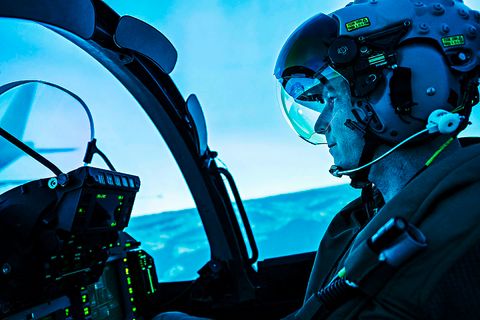Zero-emission flight is taking a giant leap forward

The E-Fan X is the flagship hybrid-electric aircraft demonstrator at Airbus. But its predecessor the all-electric twin-propeller aircraft E-Fan 1.0 can be credited for playing a key role in laying the groundwork for the next generation of zero-emission aircraft technology.
On 9 July 2015, the world of aviation witnessed a remarkable milestone. At the Lydd Airport on the south-east coast of England, a twin-propeller aircraft was preparing to embark on an important journey. Its destination? The Calais-Dunkerque Airport—just over 74 km away by air.

Airbus Group’s E-Fan technology demonstrator became the world’s first all-electric two engine aircraft taking off by its own power to successfully cross the Channel on 10 July 2015, some 106 years after Louis Blériot’s epic flight. Here landing in Calais.
Less than an hour later (36 minutes to be exact), the aircraft—known as E-Fan—landed safely in Calais, France. But the E-Fan was no ordinary aircraft: it was powered solely by lithium-ion batteries. As a result, the E-Fan became one of the first all-electric aircraft to successfully cross the English Channel. It also paved the way for the next generation of electric-powered and zero-emission aircraft technology at Airbus.
The original E-Fan has now been retired and is currently on display at the Aeroscopia Museum in Toulouse, France. But thanks to the lessons learned from the E-Fan 1.0 project, a new aircraft demonstrator has emerged: the E-Fan X. This hybrid-electric aircraft demonstrator is 30 times more powerful than its predecessor. With the E-Fan X, zero-emission flight takes a giant leap forward.
Want to know more about electric flight at Airbus? Sign up to our "The Future is Electric" newsletter now.

Airbus Group's E-Fan technology demonstrator became the world s first all-electric two engine aircraft taking off by its own power to successfully cross the Channel on 10 July 2015, some 106 years after Louis Bleriot epic flight. Here during ist test flight on July 09 over the UK.


